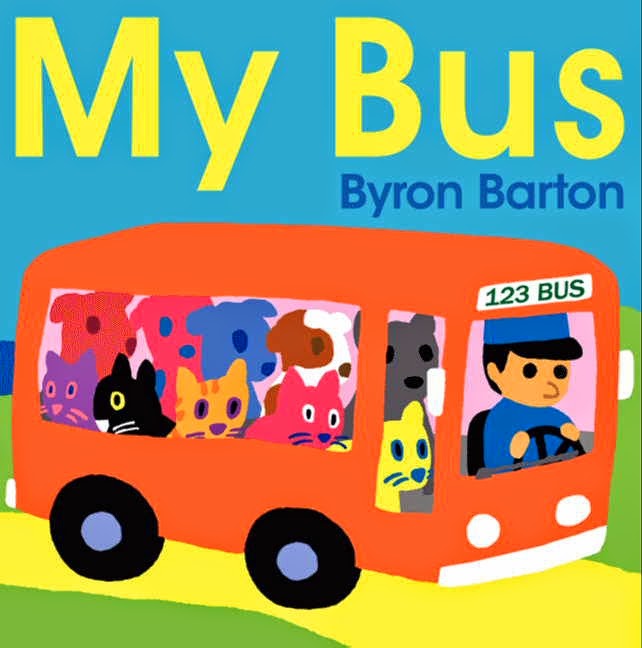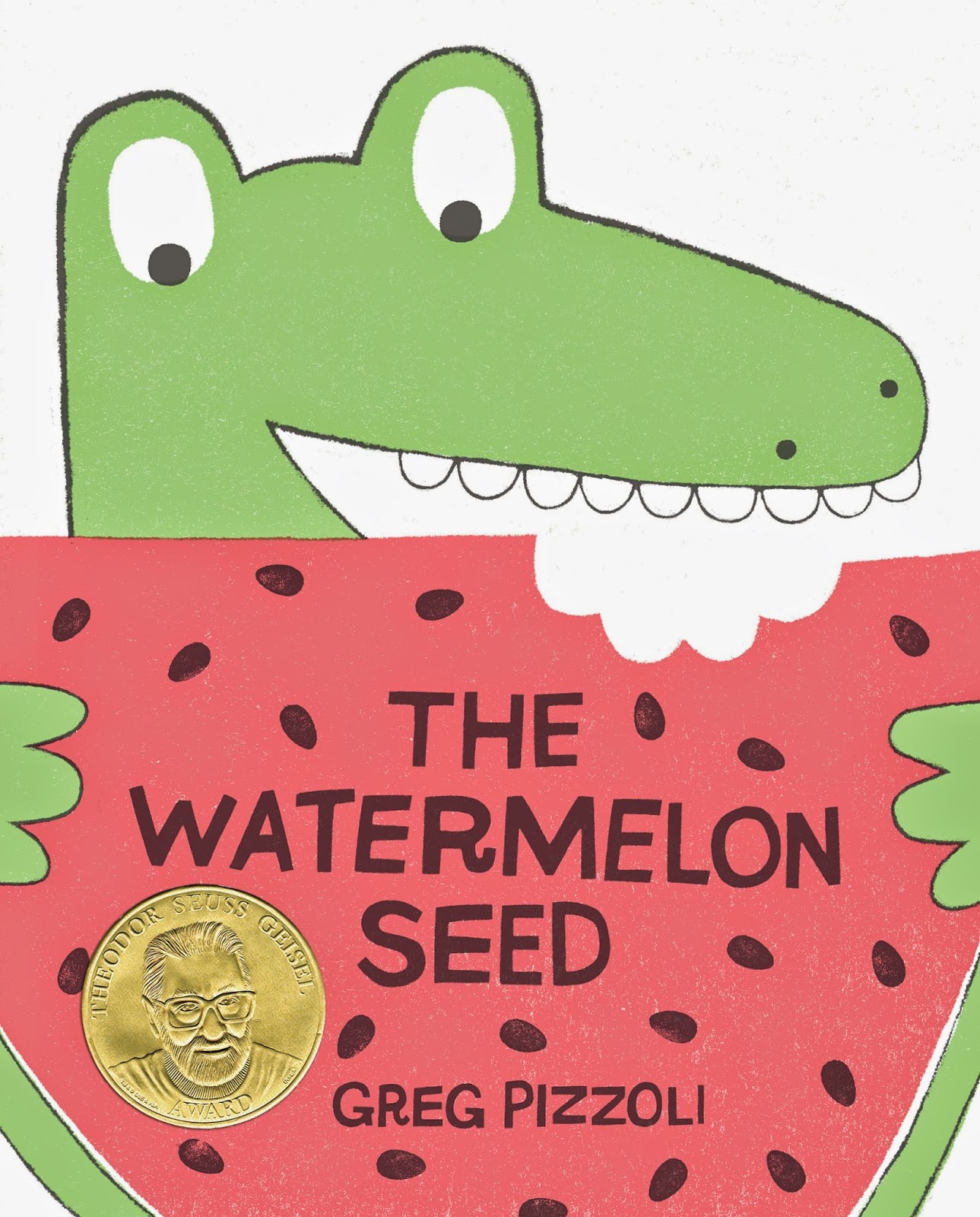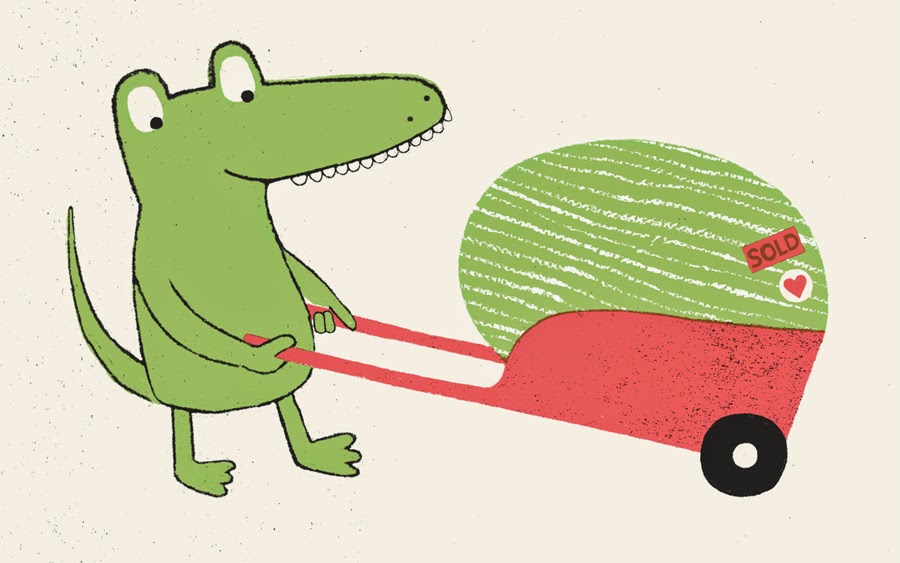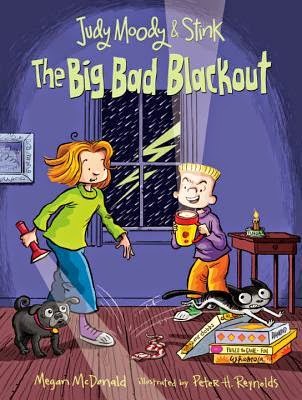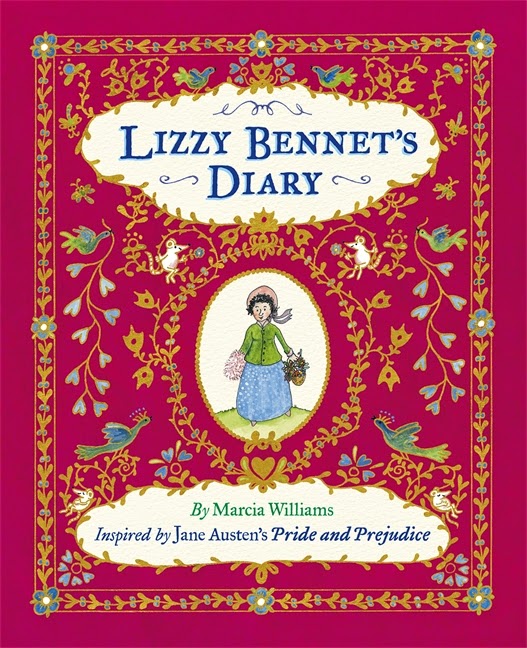Of course any book with the word "poop" in the title is going to catch my attention - and that of most young readers. But the fact that a book with the word "poop" in the title is authored by the fantastic Tom Angleberger makes it a MUST READ. Originally published in 2007 by Dial Books as The Qwikpick Adventure Society by Sam Riddleburger and now out of print, Abrams Amulet has republished it with a new title, new cover art (by the awesome Jen Wang, who illustrated Fake Mustache) and without the pseudonym. Having not read the original, I can't comment on further differences. The QwickPick Papers: Poop Fountain! by Tom Angleberger is the first in a series and I can't wait to read more!
First, the plot, then I'll extoll on the talents of the author himself. Angleberger begins The QwickPick Papers: Poop Fountain! with a note to the reader, sharing the origins of this story. Working as a newspaper reporter early in his career as a writer, Angleberger covered a story about the expansion of a sewage treatment plant in Virginia in 2000. Recently, Tom was contacted by a guy who found a "big stack of really weird papers" in the storage room of an old Qwikpick gas station, including his old newspaper story. The papers turned out to be really interesting and Angleberger decided to publish their "official report." He spends the rest of the note to the reader explaining what life was like in 2000 before the internet was the source of all forms of entertainment from music to television to movies and games, not to mention social networks. Tom writes, "I'm having trouble remembering what we DID use computers for back then, actually . . ." and wraps it up with,
All of this meant that if you lived in a pretty boring town, you couldn't just go online and find something cool to do. You had to try to find something cool in the real world. And that's what these kids had been trying to do.

The "official report" looks kid created - from the taped in Polaroid photos to the "unofficial personal notes" added from time to time by Lyle Hertzog, owner of an electric typewriter, a misguided Christmas gift from his dad. Lyle's mom is the assistant manager of the Qwikpick gas station and convenience store in the small, dull town of Crickenberg. Lyle's dad has been working there since he lost his job at a factory seven years ago and the family lives in the Crab Creek Estates trailer park behind the Qwikpick. They both work Christmas day for the double time pay, leaving Lyle without much to do. Lyle's friends, Marilla, a new resident of Crab Creek after her father had to quit his job for health reasons and sell their townhouse, doesn't celebrate Christmas because her family is Jehovah's Witnesses, and Dave, who's family is Jewish, also find themselves without much to do on December 25th. Upon realizing they have this in common, the Qwickpick Adventure Society is born. The trio hang out and make their plans in the break room of the convenience store, thus their name, with a nod to Charles Dickens (and Daniel Pinkwater and Lynda Barry, among other greats) in the dedication. After several meetings, an article read by a classmate for a current affairs assignment mentioning an upgrade at the local sewage plant and the replacement of the "antiquated sludge fountain" gives the Society their first adventure.
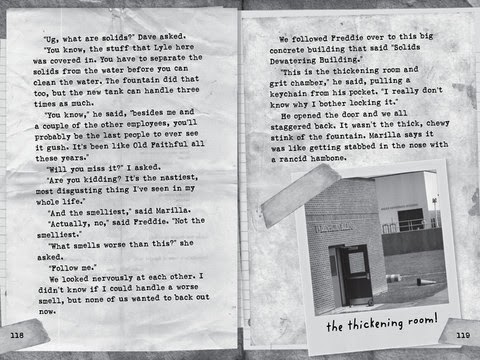
The rest of the "official report" is taken up with the plans the trio makes for their Christmas Day trek to the sewage plan to see the "poop fountain" gurgling for the last time. And they do have a realistically genuine adventure once they get there, along with serious descriptions of the smell (expressed in haiku) and a diagram describing what the plant does and how it actually works. What makes The QwickPick Papers: Poop Fountain! truly worth reading is the story that Angleberger weaves into the adventure, mostly as told to us by Lyle in his "unofficial personal notes" and the handwritten additions to his typed text. We learn how Lyle, Marilla and Dave became friends, a side note telling us that Lyle has a crush on Marilla. We also learn that Lyle is sensitive about how much money his parents spend on him, especially when his dad has one of his "big things" about how they will never pay off the credit cards and student loans from college, which he didn't finish. Lyle also talks about being friends with Dave, who comes from a family that is financially secure. Dave doesn't brag about having more money than Lyle and Marilla, it's more like he is completely unaware of what not having money means for Lyle and Marilla.
Class differences is not a topic that comes up too often in kid's books, and in Lyle Angleberger has created a character who talks about it with empathy and thoughtfulness, even in light of his father, who has stronger opinions about the upper class. And, at a crucial moment in the story, Lyle decides to reach into the poop fountain to rescue Marilla's new camera, "not to try to impress her or to make her like me, although those would have been nice," but because he can see that she is about to cry and he knows that her parents bought it for her as a present, even though they really couldn't afford it. These diverse aspects - a Jehovah's Witness, a Jewish kid, a kid who is not white (but not identified as anything else), kids who live in a trailer park - are all just aspects of the story but not THE story, as they might be in any other kid's book. The QwickPick Papers: Poop Fountain! is just a book about three kids and their journey to see a giant, bubbling pool of human waste. Happily for us, these kids are also funny, interesting, observant and intrepid!
The original book!
Source: Review Copy
Other great books by Tom Angleberger:
